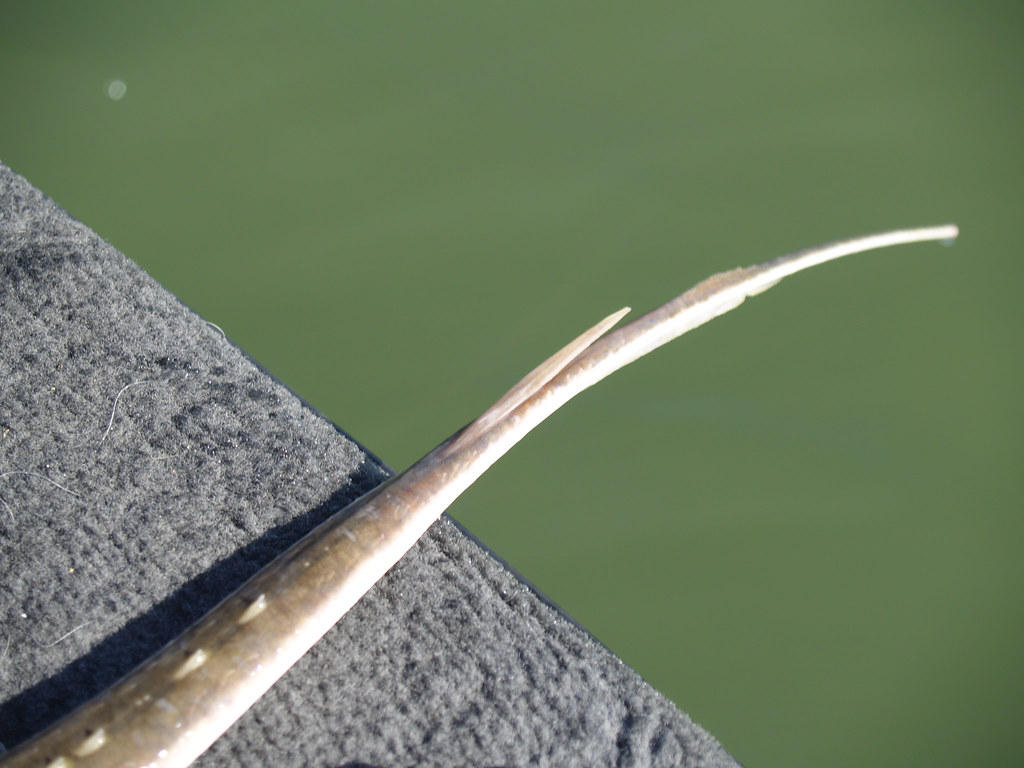The stingray barb is a remarkable feature of these fascinating marine creatures, drawing both admiration and caution from ocean enthusiasts. Found in various species of stingrays, the barb serves not only as a defensive mechanism but also as a tool for survival. The intrigue surrounding the stingray barb encompasses its biological function, the risks it poses to humans, and the ecological role it plays in the underwater world. As we delve deeper into the characteristics and behavior of stingrays, we unravel the unique attributes of their barbs and the significance they hold in the marine ecosystem.
Stingrays are often misunderstood; their barbs, while dangerous, are not intended for aggression but rather serve as a means of protection. Understanding the anatomy of a stingray barb can help demystify its purpose and function. By exploring the relationship between humans and stingrays, we can foster a greater appreciation for these creatures and their role in maintaining the health of our oceans. Join us as we explore the world of stingrays and their barbs, uncovering the secrets of these captivating animals.
From their unique hunting techniques to their interactions with humans, stingrays are a crucial part of marine biodiversity. The stingray barb, in particular, has garnered interest from researchers and enthusiasts alike for its complex structure and potential implications for human safety. In this article, we aim to answer some of the pressing questions surrounding the stingray barb, shedding light on its biological significance and the fascinating world of stingrays.
What Is a Stingray Barb?
The stingray barb is a sharp, serrated structure located on the tail of a stingray. It is made of keratin, the same material found in human nails and hair. The barb is typically covered by a sheath that protects it when not in use. When threatened, stingrays can whip their tails, using the barb as a weapon to defend themselves against predators.
How Do Stingray Barbs Work?
Stingray barbs operate through a combination of speed and precision. When a stingray feels threatened, it can quickly lash out with its tail, delivering a painful sting. The barb itself can penetrate the skin, injecting venom through grooves along its edges. The venom can cause severe pain, swelling, and other symptoms, making it essential for individuals to be cautious when swimming in stingray habitats.
Are Stingray Barbs Dangerous to Humans?
While stingray barbs can be dangerous, encounters with humans are relatively rare. Most stingray injuries occur when individuals accidentally step on them while wading in shallow waters. The stingray's natural response is to flee, but if threatened, it may strike. To minimize the risk of injury, beachgoers can take precautions, such as shuffling their feet while walking in the water to alert stingrays of their presence.
How Can We Prevent Stingray Injuries?
Preventing stingray injuries involves awareness and education. Here are some tips to reduce the risk:
- Shuffle your feet when walking in shallow water.
- Avoid swimming in murky waters where visibility is low.
- Be cautious when wading in areas known to be stingray habitats.
- Wear protective footwear if necessary.
What Should You Do If Stung by a Stingray?
If you are stung by a stingray, it is crucial to take immediate action:
- Seek medical attention, especially if the wound is deep or shows signs of infection.
- Immerse the affected area in hot water (as hot as the person can tolerate) to relieve pain.
- Remove any fragments of the barb carefully if visible but avoid digging into the wound.
What Role Do Stingrays Play in Their Ecosystem?
Stingrays are vital components of their ecosystems, contributing to the balance of marine life. Their feeding habits help control populations of small fish and invertebrates, maintaining a healthy ecosystem. By sifting through the sand and mud, stingrays also aid in nutrient cycling, promoting the growth of various marine organisms.
Are Stingrays Endangered?
Some species of stingrays are facing threats from habitat loss, pollution, and overfishing. Conservation efforts are essential to protect these creatures and their habitats. Education and awareness about the importance of stingrays can help foster a protective attitude among ocean enthusiasts and promote sustainable practices that benefit marine life.
Conclusion: Embracing the Stingray Barb
In conclusion, the stingray barb is a complex and fascinating feature of these beautiful marine animals. Understanding its purpose and the role it plays in the ecosystem can help us appreciate the importance of stingrays in our oceans. By promoting awareness and conservation efforts, we can ensure that these incredible creatures continue to thrive and enrich our underwater world.
You Might Also Like
Unraveling The Wonders Of SP BYLR LLCKathy Bates' Partner Today: A Look Into The Life Of An Icon
Exploring The Intriguing Angus Macfadyen Relationships
Unveiling The Life Of Mike Woods' Wife: A Journey Beyond The Spotlight
Kawaii Sofey: The Cuteness Revolutionizing The Digital Space
Article Recommendations
- Dbushnews9_0.xml<
- What Happened To Trey Gowdys Nose
- Alexa Curtin
- Norah Odonnell Weight Loss
- Did Big Meech Go To Mexico
- Jason Kelce Political Views
- Liam Payne Diana
- Scott Bakula
- Steve Liam Payne Manager
- Rachel Bartov


/stingray-barb-Dave-Fleetham--Design-Pics-Perspectives-Getty-56a5f7a83df78cf7728abf19.jpg)